Are you ready to dive into the world of Tortilla Espanola? This savory Spanish egg and potato delight is a true culinary gem, loved for its rich taste and simple ingredients. In this article, I’ll guide you through the essential elements needed for the perfect tortilla, step-by-step cooking techniques, and some tips to avoid common mistakes. Plus, discover its cultural significance and fun variations! Let’s get cracking!
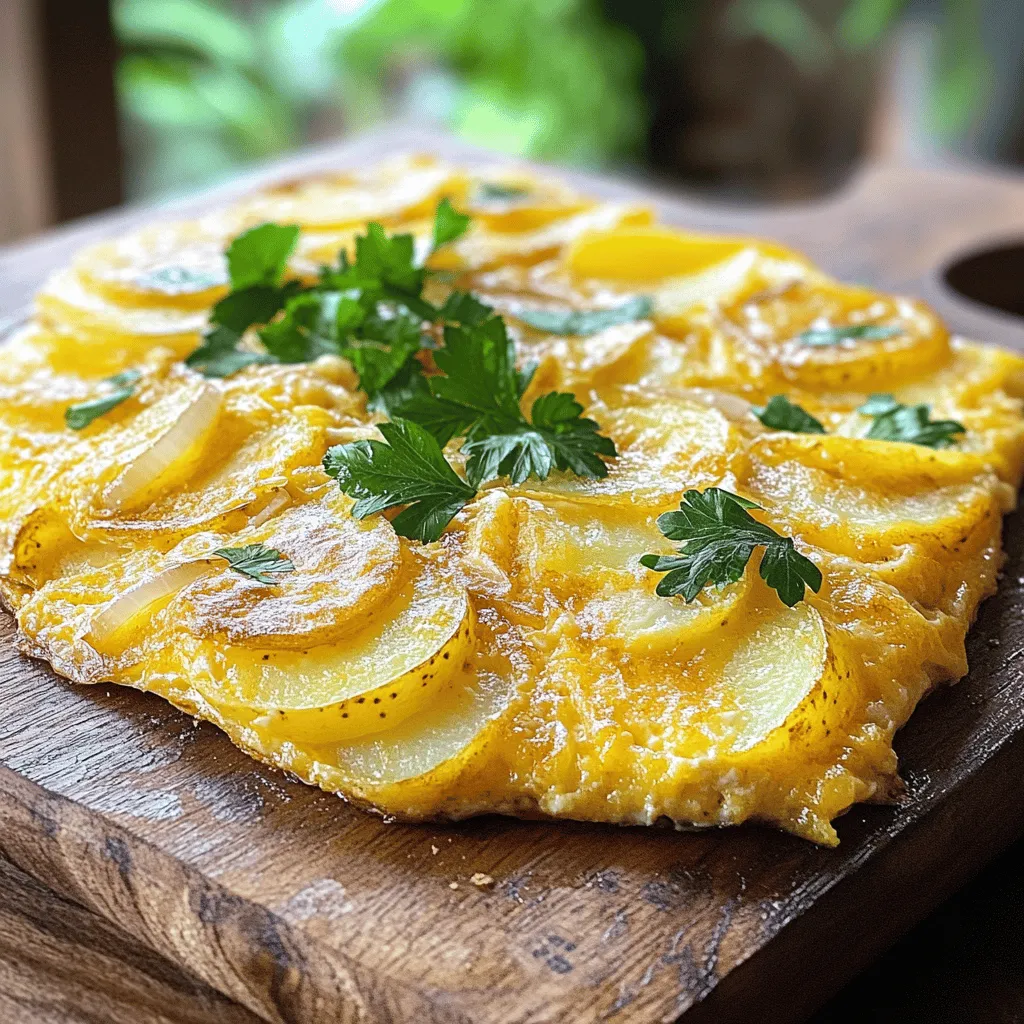
What Ingredients Do You Need for a Traditional Tortilla Espanola?
Tortilla Espanola, or Spanish omelette, has a few key ingredients. The main ones are eggs, potatoes, and onions. You need four large eggs for a rich flavor. Next, use two medium-sized potatoes. Peel and slice them thin. The potatoes provide the heartiness of the dish. A medium onion, finely chopped, adds sweetness.
What are the essential ingredients for Tortilla Espanola?
The essential ingredients for Tortilla Espanola are simple but crucial. The eggs bind everything together. Potatoes give it texture and substance. Onions add a touch of sweetness. Olive oil is important, too. It helps cook the potatoes and gives a nice taste.
How do different ingredients influence the flavor?
Using fresh ingredients makes a big difference in flavor. Fresh eggs taste better than older ones. Fresh potatoes give a nice creamy texture. The type of olive oil also matters. A high-quality oil enhances the taste. It brings out the richness of the eggs and potatoes.
What are some common variations in ingredient choices?
Many people like to add their twist to Tortilla Espanola. Some add bell peppers for color and sweetness. Others use garlic for a stronger taste. You can even add spinach or zucchini. Each variation changes the dish’s flavor and texture. You can explore many options to find your favorite mix.
How Do You Make Tortilla Espanola Step-by-Step?
To make Tortilla Espanola, you start with the right prep. Gather your ingredients: eggs, potatoes, onions, olive oil, salt, and pepper. The key is to slice the potatoes thinly. This helps them cook evenly and quickly.
What is the preparation process for Tortilla Espanola?
First, heat olive oil in a large pan over medium heat. Add the sliced potatoes and onions. Stir them gently and season with salt. Cook until the potatoes are tender and light golden. This takes about 15-20 minutes. You want them soft, not crispy. Once done, drain off extra oil and mix them with whisked eggs. Gently fold the mixture, taking care not to break the potatoes.
What cooking techniques are key to a successful omelette?
The right cooking techniques make a big difference. Use medium-low heat to cook the tortilla slowly. This allows it to set nicely without burning. When it’s time to flip, use a large plate. This helps you turn the tortilla over smoothly. Add a bit more oil if needed for the second side. Cooking time is crucial. Each side should take about 5-7 minutes.
How does the cooking time affect the final dish?
Cooking time impacts the dish’s texture. If you cook it too long, it can become dry. If you undercook it, the center may be runny. Aim for a firm yet tender texture. Patience is key here, as a well-cooked Tortilla Espanola is a delight.
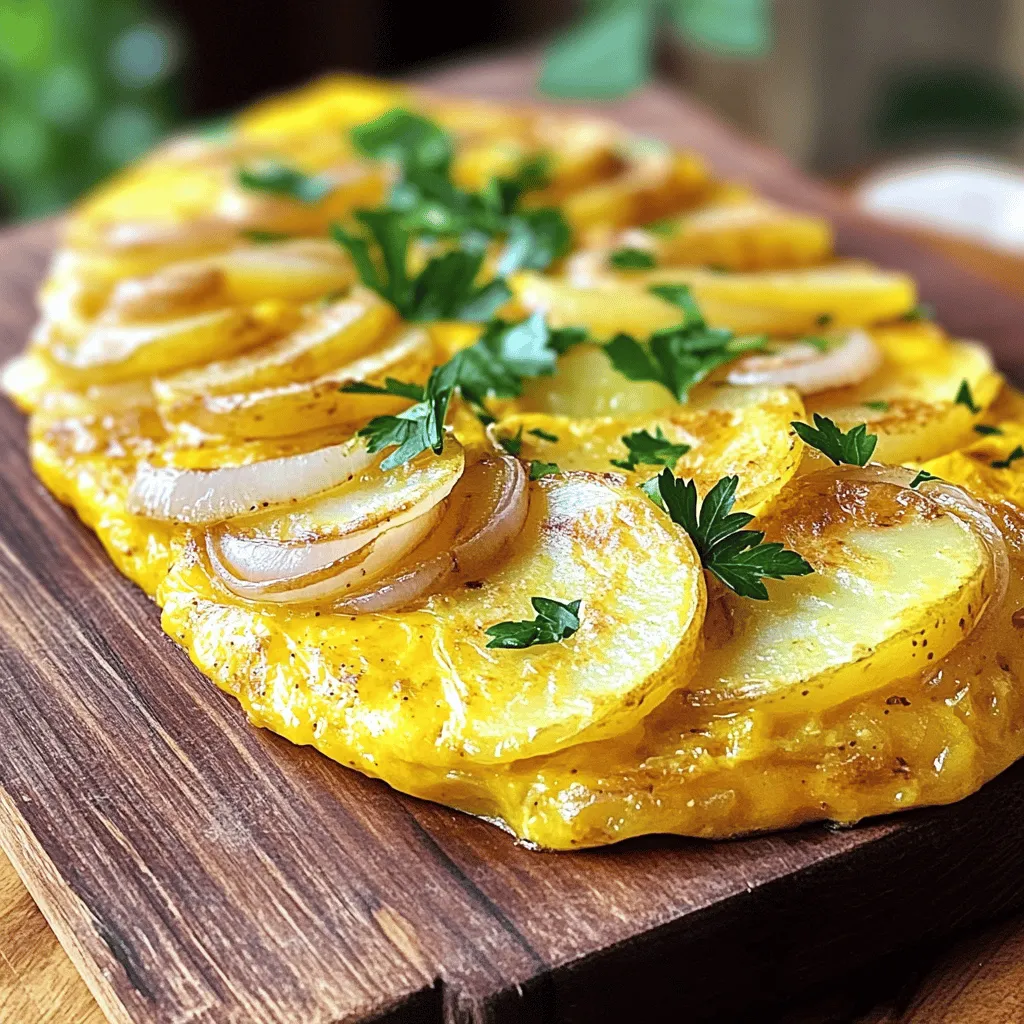
What Are the Best Tips for Cooking the Perfect Omelette?
To cook the perfect omelette, you need some key tips. First, use fresh eggs. Fresh eggs make a big difference in taste and texture. Second, whisk the eggs well. This helps to incorporate air, making your omelette fluffy.
What techniques help achieve the ideal texture?
For a smooth texture, cook on low heat. High heat can make your omelette tough. Use a non-stick pan for easy flipping. If you’re adding ingredients, make sure they are cooked first. This keeps your omelette moist and soft.
How can you avoid common mistakes while cooking?
A common mistake is overcooking. Keep an eye on the omelette to prevent browning. Flip it only when the edges look set. If you’re unsure, use a spatula to check the bottom. It should be lightly golden.
What should you consider when choosing the cooking equipment?
Choose a good-quality non-stick pan. This helps prevent sticking and makes flipping easier. The right size matters too; a medium pan is perfect for a two-egg omelette. Always use a heat-resistant spatula for the best results.
Cooking a perfect omelette takes practice. With these tips, you can create a delicious meal every time.
How Can You Serve Tortilla Espanola?
Tortilla Espanola shines as a versatile dish. You can serve it warm, at room temperature, or even cold. This makes it great for any meal of the day. For breakfast, slice it into wedges and pair with fresh fruit. At lunch or dinner, it can be a hearty side dish.
What are some traditional serving ideas for Tortilla Espanola?
Traditionally, people serve Tortilla Espanola as a main dish or a tapa. You can cut it into small squares for easy sharing. This style makes it perfect for gatherings. Serve it with a side of aioli or a simple salad. Use fresh greens to balance the rich, savory flavors.
How does Tortilla Espanola fit into the Spanish tapas culture?
In Spain, tapas are small plates meant for sharing. Tortilla Espanola is a beloved tapa. It brings friends and family together, creating a warm atmosphere. You can find it in bars and restaurants across Spain. Enjoy it with a glass of red wine or a beer for a true Spanish experience.
What toppings enhance the flavor and presentation?
Toppings can elevate your Tortilla Espanola. Fresh herbs like parsley or chives add color and taste. You could also serve it with sliced olives or roasted red peppers. A sprinkle of smoked paprika can add depth. Experiment with these toppings to find your favorite combination.
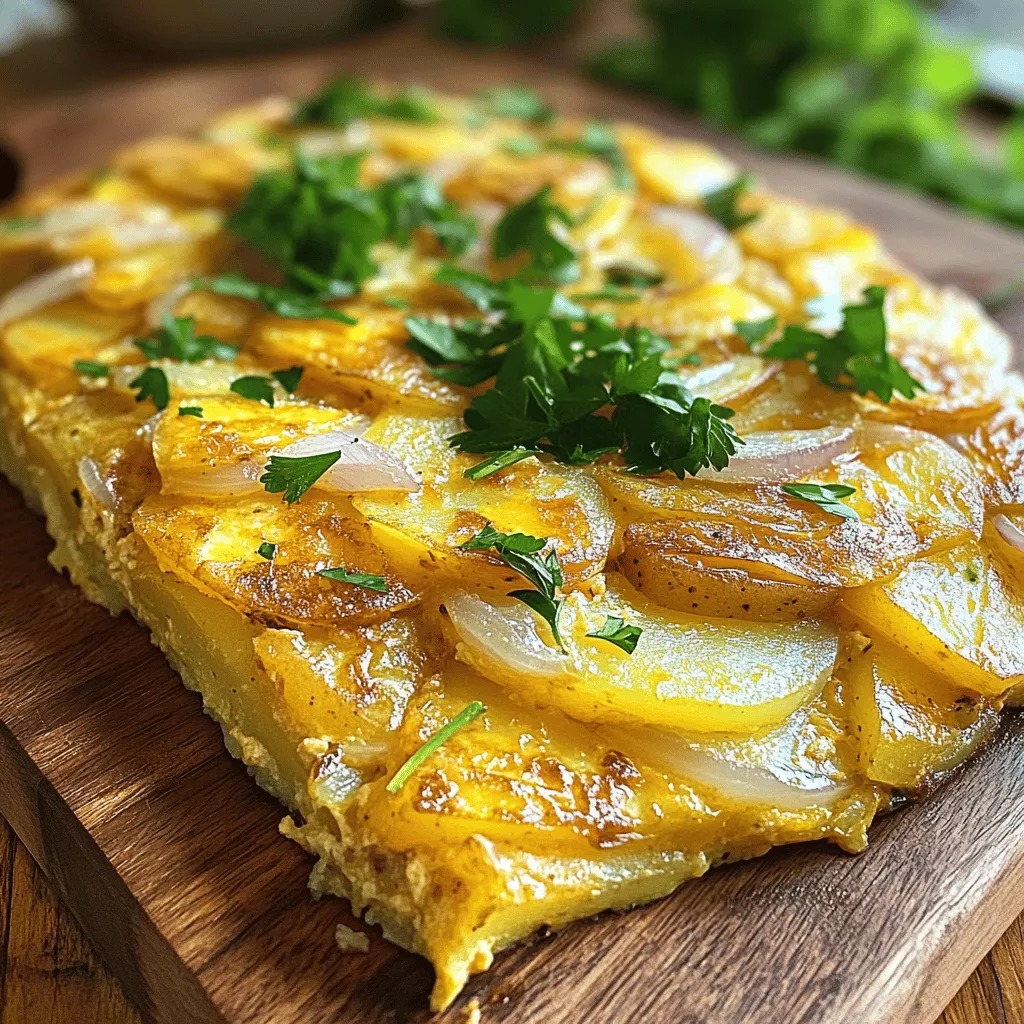
What Are the Regional Variations and Cultural Significance of Tortilla Espanola?
Tortilla Espanola, a beloved dish, has unique traits across Spain. In the north, you might find it richer, with extra eggs. In the south, they often add spices for more flavor. Some regions use different types of potatoes, impacting the taste and texture. Each area has its twist, showcasing local ingredients.
This dish holds deep cultural value in Spain. It often appears at family gatherings and celebrations. It represents comfort and tradition. Many people see it as a symbol of home. Sharing a tortilla brings people together, creating bonds and memories.
Over time, Tortilla Espanola has changed. In the past, it was just eggs and potatoes. Now, chefs explore flavors and techniques. They experiment with herbs and vegetables, making new versions. The dish keeps evolving, but its heart remains the same. It is a staple in Spanish culinary traditions.Enjoy making your own Tortilla Espanola!
What Are Some Popular Variations of Tortilla Espanola?
Tortilla Espanola is a simple dish, yet it offers endless ways to enjoy it. You can add many ingredients to create unique versions. Common choices include bell peppers, spinach, or zucchini. Each vegetable brings its own flavor and texture. For a twist, try adding cheese, like feta or goat cheese. This can enhance the taste and make it creamier.
Tortilla Espanola differs from other egg dishes, like frittata. The key difference lies in the way you cook them. Tortilla Espanola has a thicker, denser texture. You cook it on the stovetop and flip it halfway through. Frittatas, on the other hand, often cook in the oven and have a fluffier texture.
Seasonal ingredients play a big role in variations. In spring, fresh asparagus or peas can brighten the dish. In fall, you might use roasted squash or mushrooms. Using what’s in season not only adds flavor but also supports local farms. I always encourage my readers to experiment with the ingredients they love. This way, you can make Tortilla Espanola truly your own.
Tortilla Espanola combines simple ingredients to create a rich, flavorful dish. We’ve explored the essential components, preparation steps, cooking techniques, and serving ideas. You can see how regional twists and personal touches can elevate this classic. Remember, each variation adds its own charm. Whether you stick to tradition or get creative, Tortilla Espanola is a dish that brings joy and connection. Enjoy making it your own!




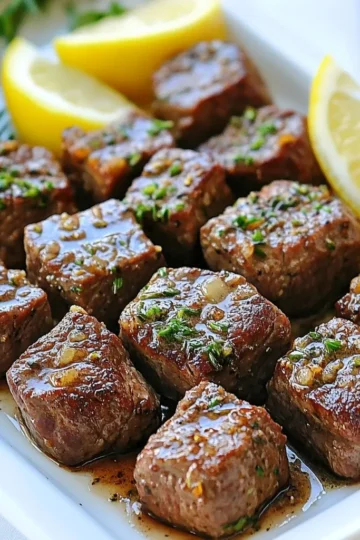
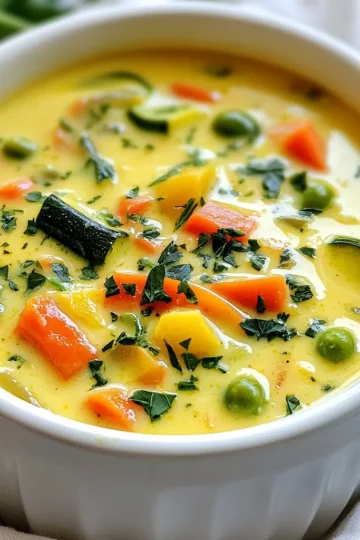
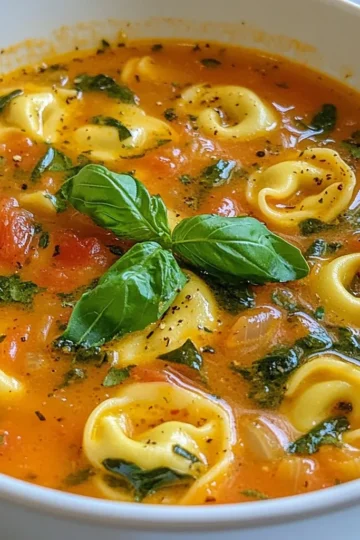
Leave a Reply